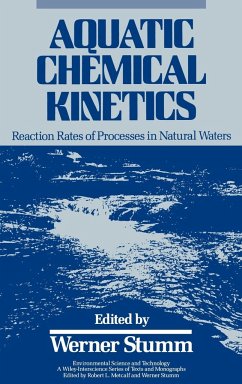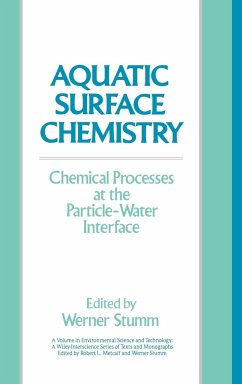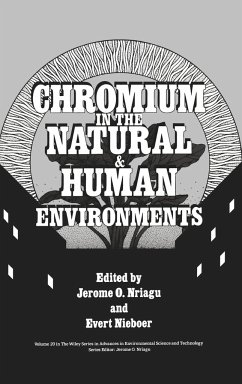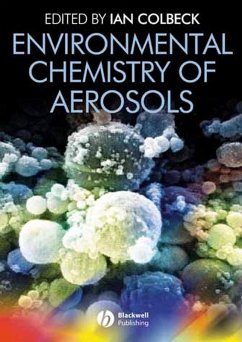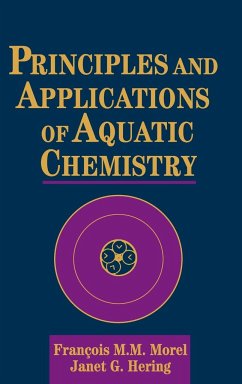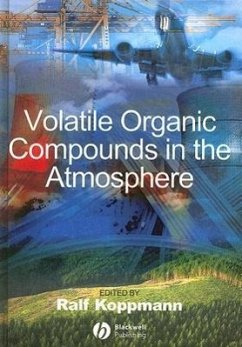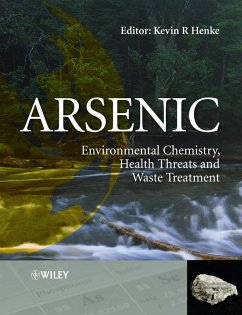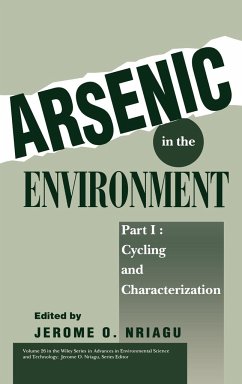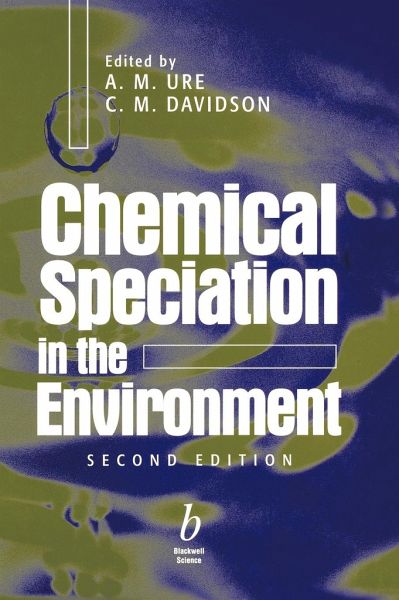
Chemical Speciation Environment 2e

PAYBACK Punkte
169 °P sammeln!
Interest in the topic of chemical speciation has grown markedly since the publication of the first edition of this book in 1995. It is increasingly realised that the distribution, mobility and biological availability of chemical elements depend not simply on their concentrations but, critically, on the forma in which they occur in natural systems. Continuing developments in analytical chemistry have made speciation practicable even where analytes are present at trace levels (as is often the case in natural samples). In the second edition, the expertise of scientists involved in chemical specia...
Interest in the topic of chemical speciation has grown markedly since the publication of the first edition of this book in 1995. It is increasingly realised that the distribution, mobility and biological availability of chemical elements depend not simply on their concentrations but, critically, on the forma in which they occur in natural systems. Continuing developments in analytical chemistry have made speciation practicable even where analytes are present at trace levels (as is often the case in natural samples). In the second edition, the expertise of scientists involved in chemical speciation in various fields has been brought together to provide an overview of the current status of speciation science and to indicate how the field may develop in the future. In Part 1, the book deals with methodologies for speciation analysis. Part 2 deals with elemental speciation in particular compartments of the environment. In addition to extensive updates of existing chapters, this new edition includes three new chapters on: quality control, the marine environment and single and sequential soil extraction.




